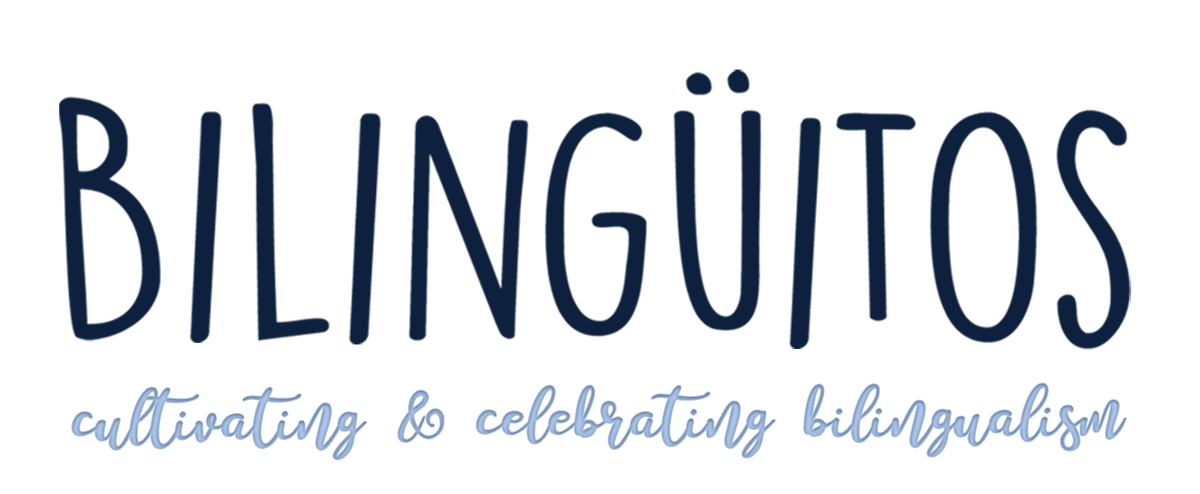Bilingual Parenting Strategies
This is the first episode of a series of Bilingual Parenting Strategy episodes, dedicated to discussing different family language policies (FLPs) in hopes that families will be able to decide for themselves which strategy works best for their family. We will eventually do a full episode dedicated to family language policy (which includes things like bilingual parenting strategy, language context, language maps, etc.) but we wanted to first dive right into OPOL, one parent one language households. For each of these FLP episodes we’ll break it down like this: we’ll describe the strategy, we’ll discuss some of the major benefits, then mention some potential obstacles that may arise with suggestions how to combat them, and finally we’ll go over some of the modified versions of the strategy.
Some highlights from the episode

Before diving into the content, Kaila shares an insecurity of hers regarding her own future family policy that you don’t want to miss. Especially families who plan on implementing OPOL or MLAH (minority language at home) where one parent is a nonnative speaker of the language they’re choosing to use.
One Parent One Language defined:
Just like the name sounds, one parent speaks one language (typically the majority language) and the other parent speaks the other language, (typically the minority language – the one not spoken in the wider community). The child is aware that two languages are being used and usually learns quickly whom to use each language with. Typically, mom and dad have chosen one of the two languages to use in conversation with each other; most often the majority language.
Some major benefits/pros:
(1) Most natural and available strategy for bilingual / bicultural families
(2) Parents get to use the language that they’re comfortable in
(3) Simultaneous bilingualism
(4) Monolingual input of the target language is modeled
Potential obstacles:
(1) Lack of input (small percentage of the child’s world speaking the TL)
(2) Attitude of “Oh, that’s just Daddy’s language”
(3) Lack of peer-to-peer conversation modeled to them
(4) One parent may feel left out of conversations, jokes, etc.
OPOL, modified
(1) TPOL (‘three parents one language’ for example, when grandparents are also a common and consistent source of TL input)
(2) Mostly OPOL (but majority language parent also dabbles in the minority language, using what he or she knows)
(3) OPOL, even with each other (where each parent uses their native language even in conversation with each other; i.e. no true common language, though they can understand each other’s language, they are not comfortable speaking in it)
(4) OPOL, where both languages are minority language (resulting in a trilingual child)
Takeaways
Family language policy is not a black and white, cut and dry, one-size-fits-all kind of thing. Each family has to determine what bilingual parenting strategy works for them, because every family language context is different.
Think about your family’s language context. Who speaks which language, and where and when? Determine if OPOL feels like something that would work well for your family (or maybe you’ve already implemented it). Join our Bilingual Parenting Network on Facebook and comment on our thread about OPOL. We want to hear from you!
If these highlights & takeaways are of interest to you, we hope that you will tune in and listen to the full episode! Then join our Bilingual Parenting Network and let us know what you think!

These are the show notes for Episode #002 of the Bilingual Parenting Podcast, “One Parent One Language.” Subscribe to our podcast here or check out our homepage for the Podcast.

